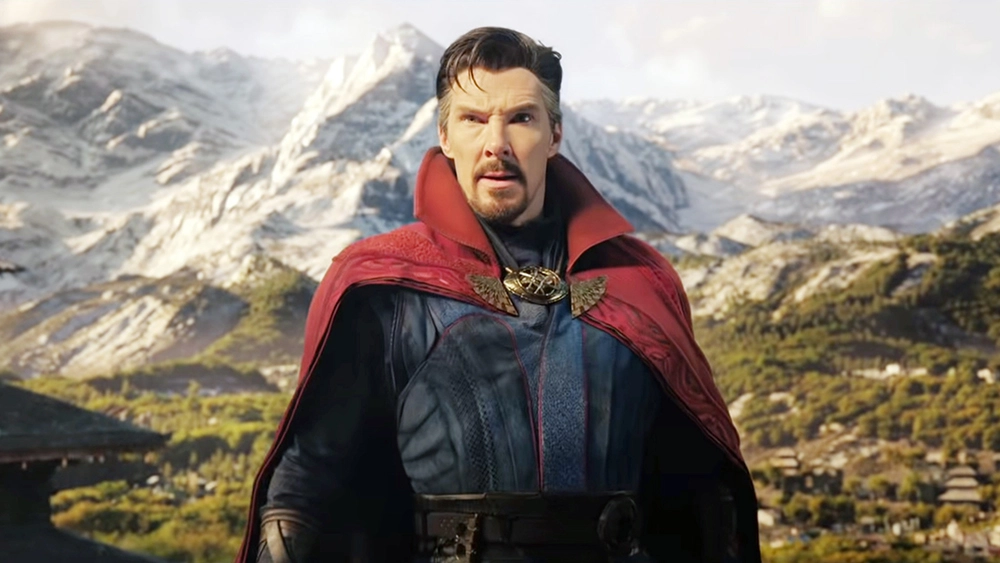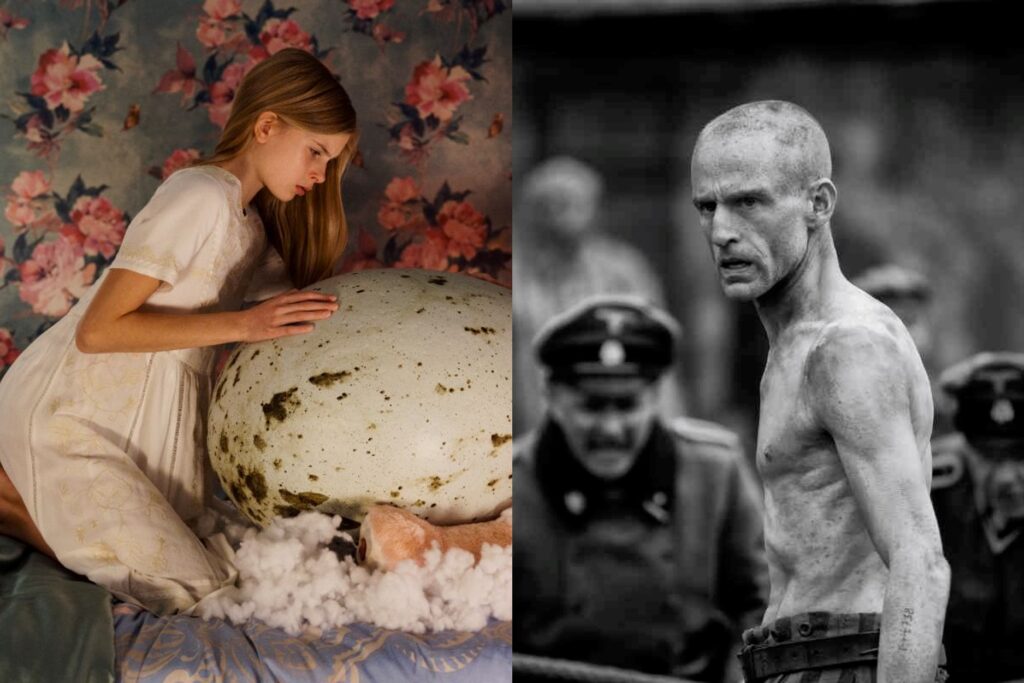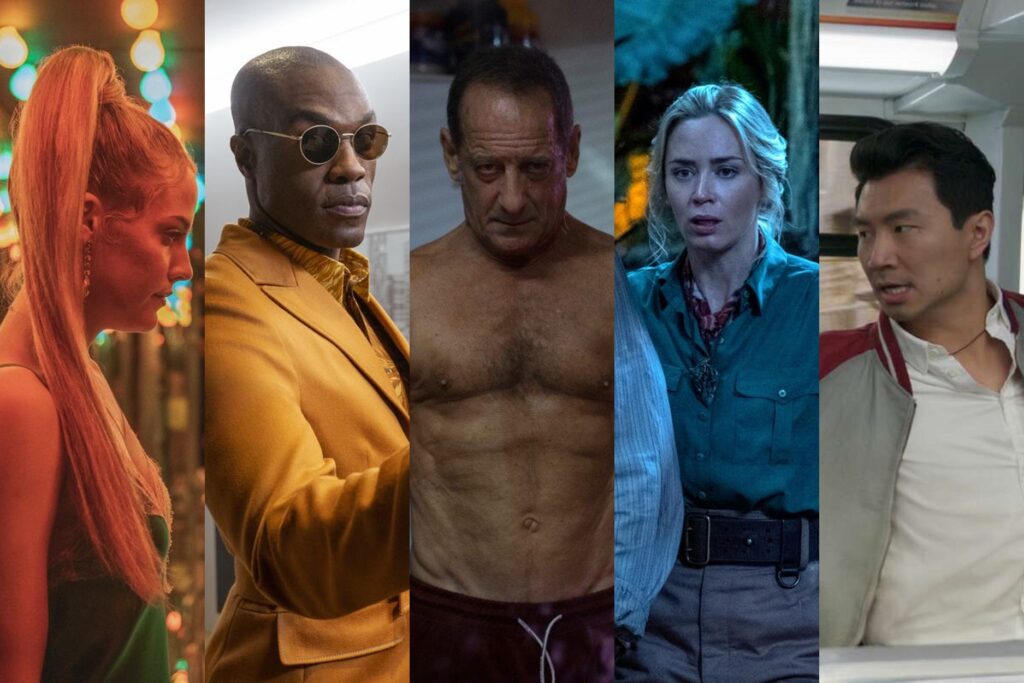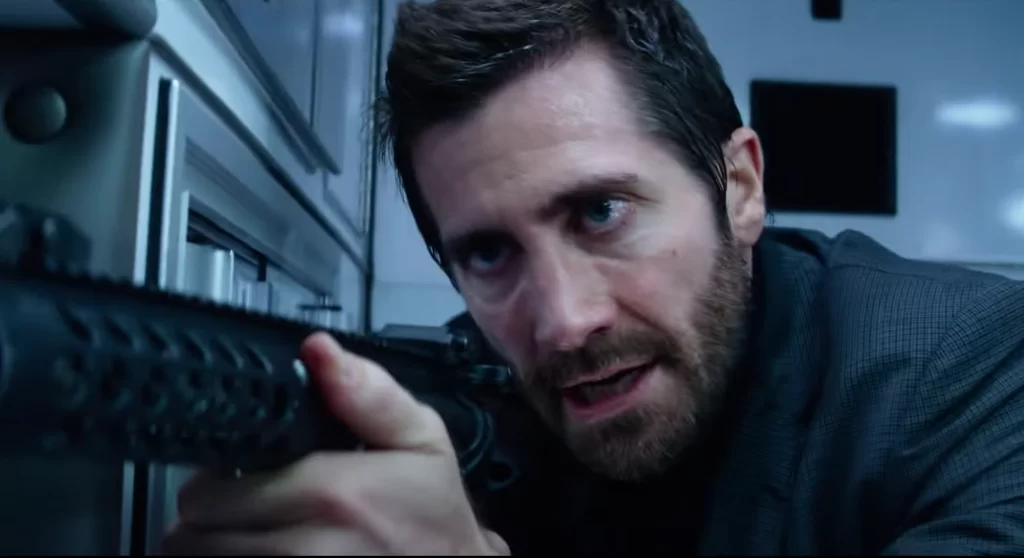Doctor Strange in the Multiverse of Madness: Have Hag, Will Travel

In one of the many memorable moments in Sam Raimi’s Spider-Man, an enraged Willem Dafoe murders a subordinate scientist who stubbornly insists that they need to take a dangerous chemical concoction “back to formula.” Things may not have turned out well for that underling, but in the two decades since Spider-Man’s release, it’s clear that his cold-blooded logic—the insistence on safety and reliability at the expense of risk and creativity—has earned the last laugh. The Marvel Cinematic Universe, now 14 years and 28 films and several zillion dollars into its reign as the planet’s most ruthless profit-generating machine, is undeniably a product of formula. It is a carefully balanced equation, a recursive system scrupulously designed to serve its fans, perpetuate its merchandise, and—on occasion—make some pretty decent movies. The challenge for any director working within this rigorously controlled franchise is whether they can smuggle their own sensibility—their own spiky and distinctive flourishes—into an enterprise that, by its very nature, flattens personal art into corporate entertainment.
So I am pleased and maybe a little bit to surprised to report that Raimi, the man who created the original Spider-Man trilogy and is arguably (albeit inadvertently) responsible for our current state of cinematic homogeneity, has risen to this challenge with élan and aplomb. To be sure, Doctor Strange in the Multiverse of Madness, Raimi’s first feature in nine long years, is decidedly an MCU production. There are callbacks and cameos and teases and terminological mouthfuls and stale jokes and weightless scenes of computer-generated spectacle. But when he isn’t dutifully hitting these franchise marks, Raimi is sprinkling the margins and filling in the cracks with his own playful, eccentric touches. If the movie isn’t quite a Sam Raimi classic, it at least exhibits glimmers of classic Sam Raimi. Read More




